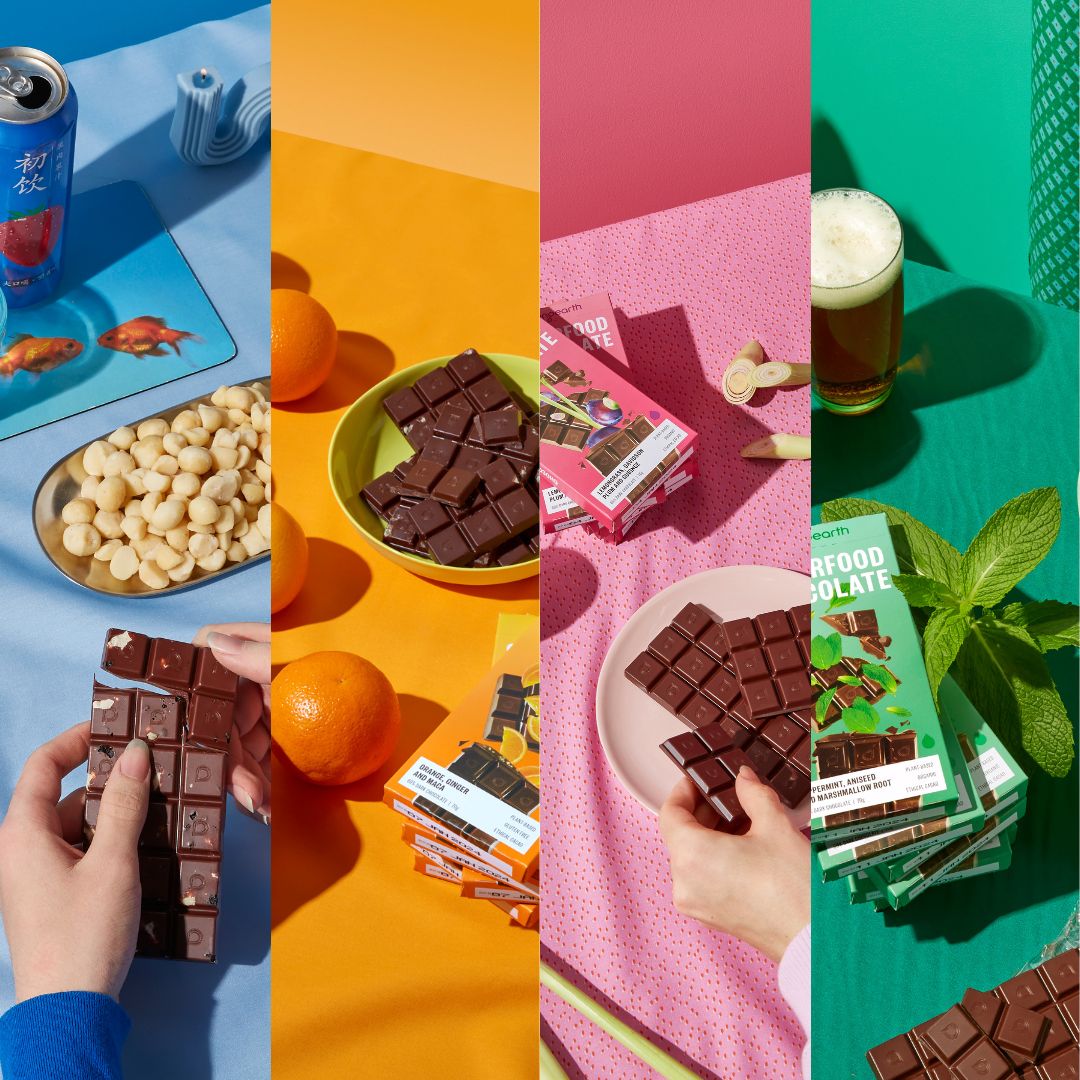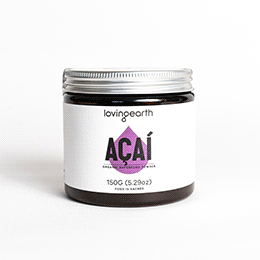Healthy food needs healthy soil.
All of our food is linked to the health of the soil in some way.
Healthy soil is a living thing, and like all living things, it needs to be fed, watered and cared for properly for it to thrive.
It’s full of nutrients, minerals, microbes, fungi, worms, and most importantly carbon.
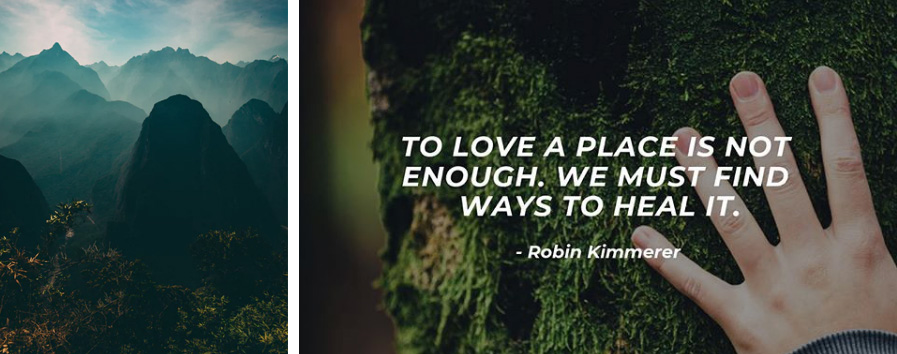
For centuries we’ve been taking the carbon out of the earth and putting it into the atmosphere by mining and extracting raw fossil fuels, burning them for energy, and using intensive farming practices that degenerate the soil, leaving dead dust. Not to mention rising temperatures, extreme weather, acidification of our waterways and animal extinction – in other words, carbon in the atmosphere means climate change.
In order to reverse climate change, we need to take the carbon we’ve put into the atmosphere and store it as carbon in the earth.
We can do this by regenerating the soil. Healthy soil is making better food and helping climate change – it’s a win-win!
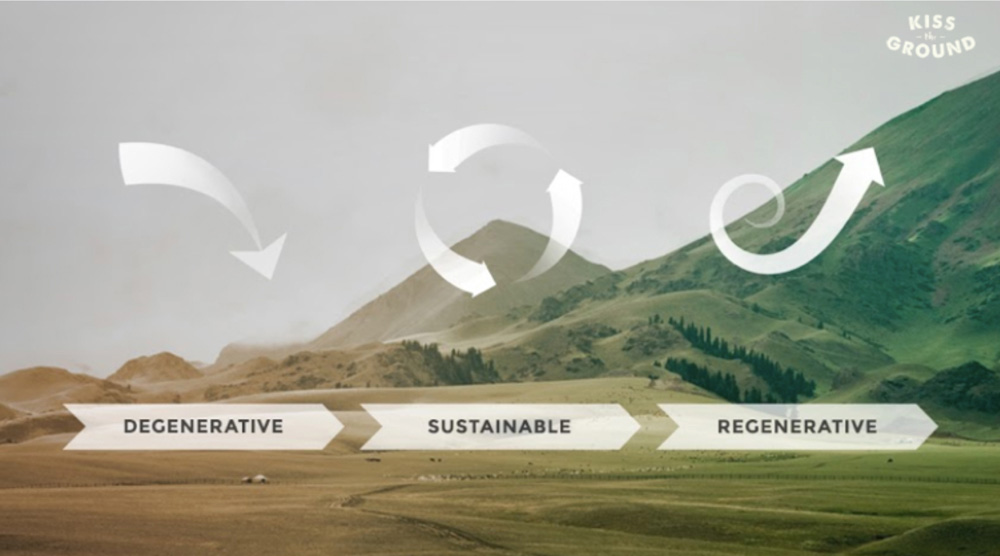
Part of the natural process of photosynthesis used by plants (if you remember your high school biology lessons) uses sunlight to make carbohydrates, or sugars, from carbon dioxide and water.
The ecosystem that lies underneath the plant is a maze of fungi that reaches even further than its roots. They exchange the sugars into food for themselves and builds up the soil.
By using regenerative practices, we can keep this underground maze protected and so allow the soil to regenerate on its own. What are these regenerative practices? Not tilling the soil, planting cover crops, not using pesticides or herbicides, planned grazing of animals replicating their movement in the natural world, and increasing the biodiversity of plants.
A thriving, living soil grows healthy, nutrient rich food.
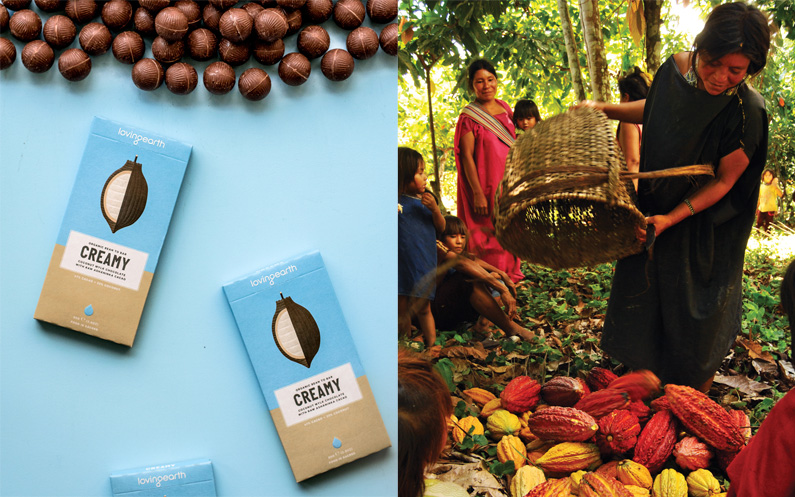
OUR WORK WITH THE ASHÀNINKA COMMUNITY
ACF has made great advances in establishing large scale REDD+ projects in the Peruvian Amazon, using principally cacao as the mechanism to preserve large areas of vulnerable protected forest.
It operates by engaging the indigenous and local communities living in the buffer zones around the protected areas to grow cacao and agree to protect the adjacent forest.
These communities are engaged in enhancing the buffer zone through planting a bio-diverse agroforestry system that provides a stream of income.
They also receive another stream of income through agreeing to protect the adjacent forest through the harvesting of Voluntary Carbon Units (carbon credits). This model facilitates a large-scale reduction in emissions through the preservation of the forest that would otherwise be destroyed. It also empowers the local and indigenous communities with their own economic activity that is both environmentally and culturally sensitive.
Click here for some simple ideas on how you can start helping our planet - Our Five No-brainer Ways to Help the Planet.

